General Space Weather
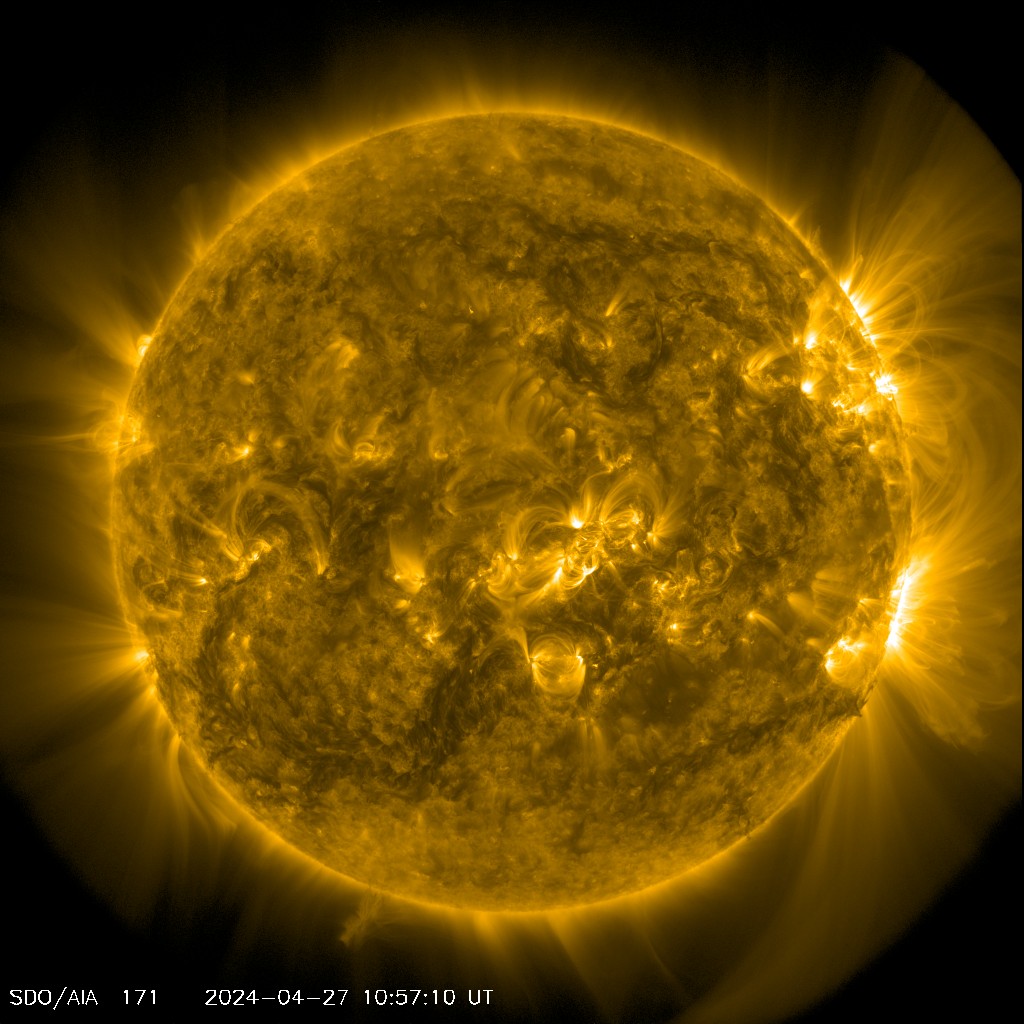
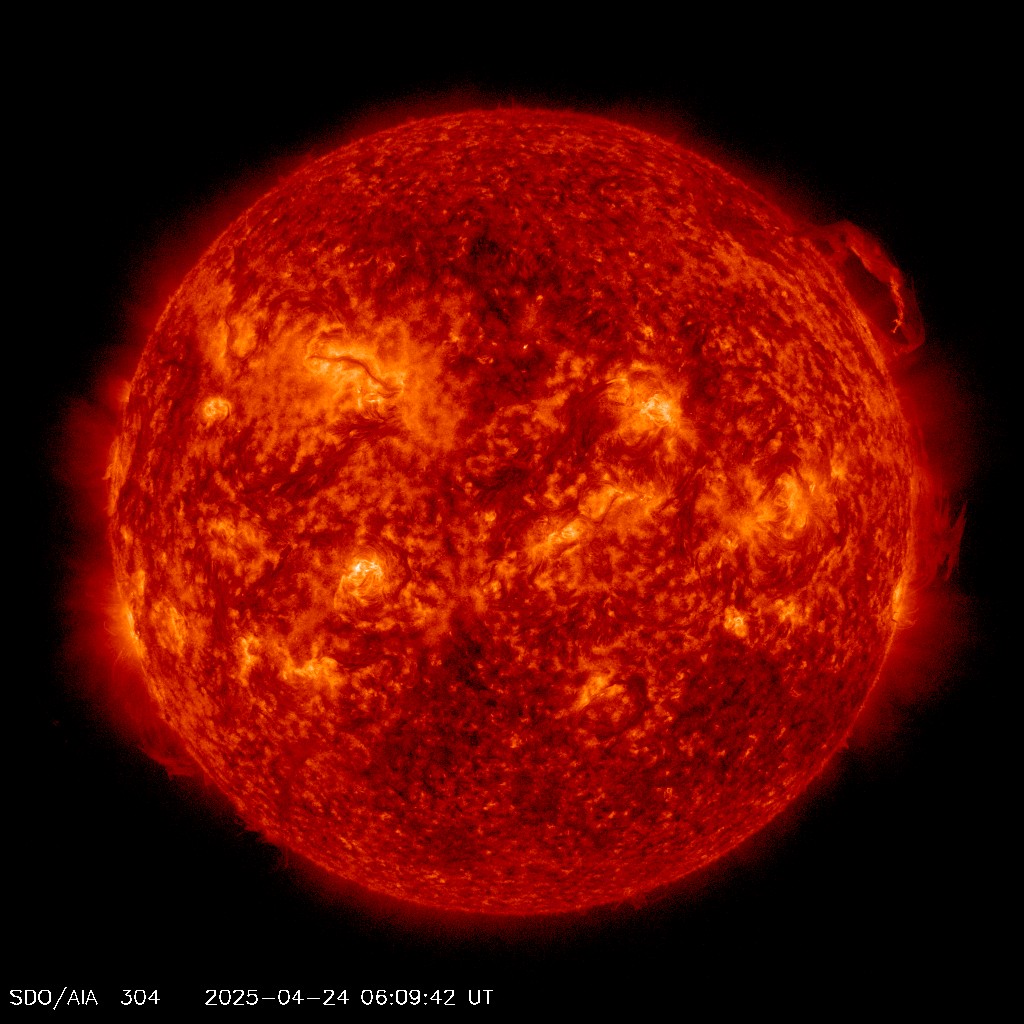
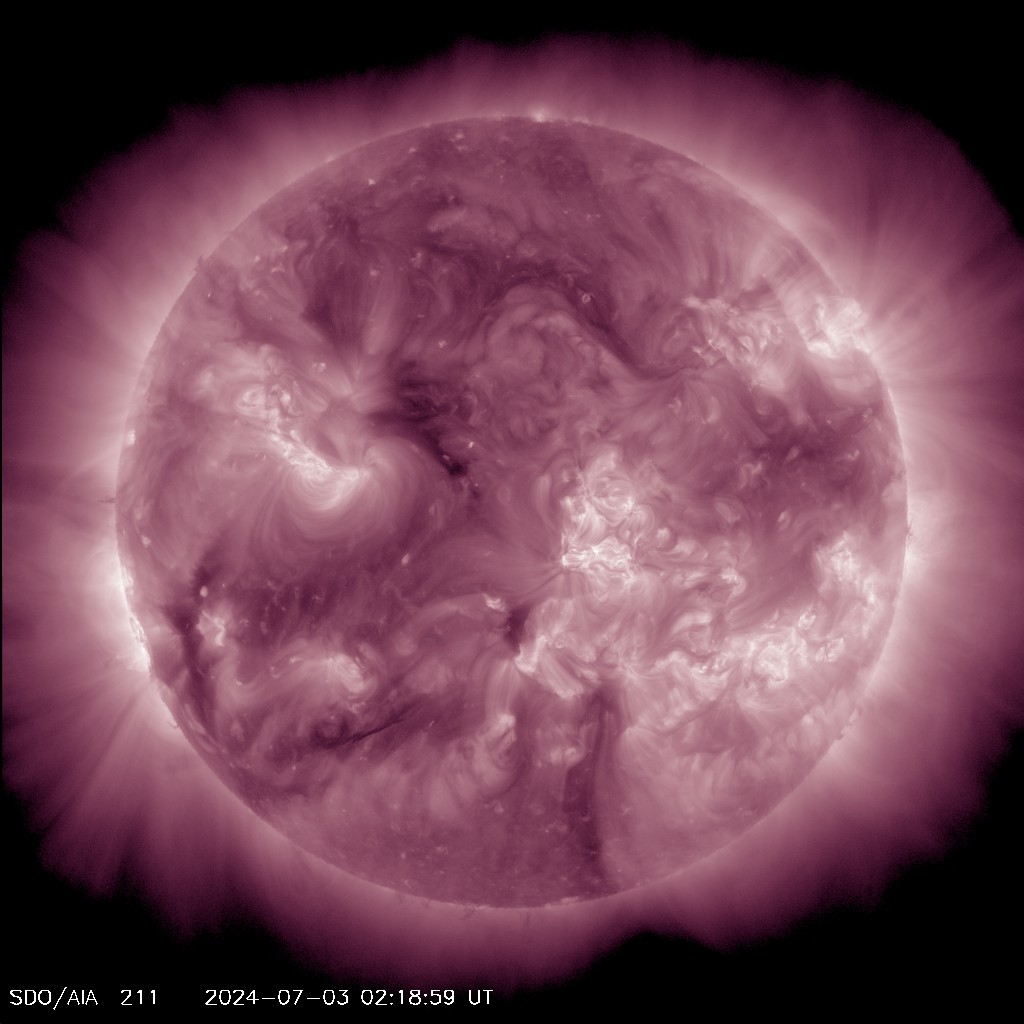
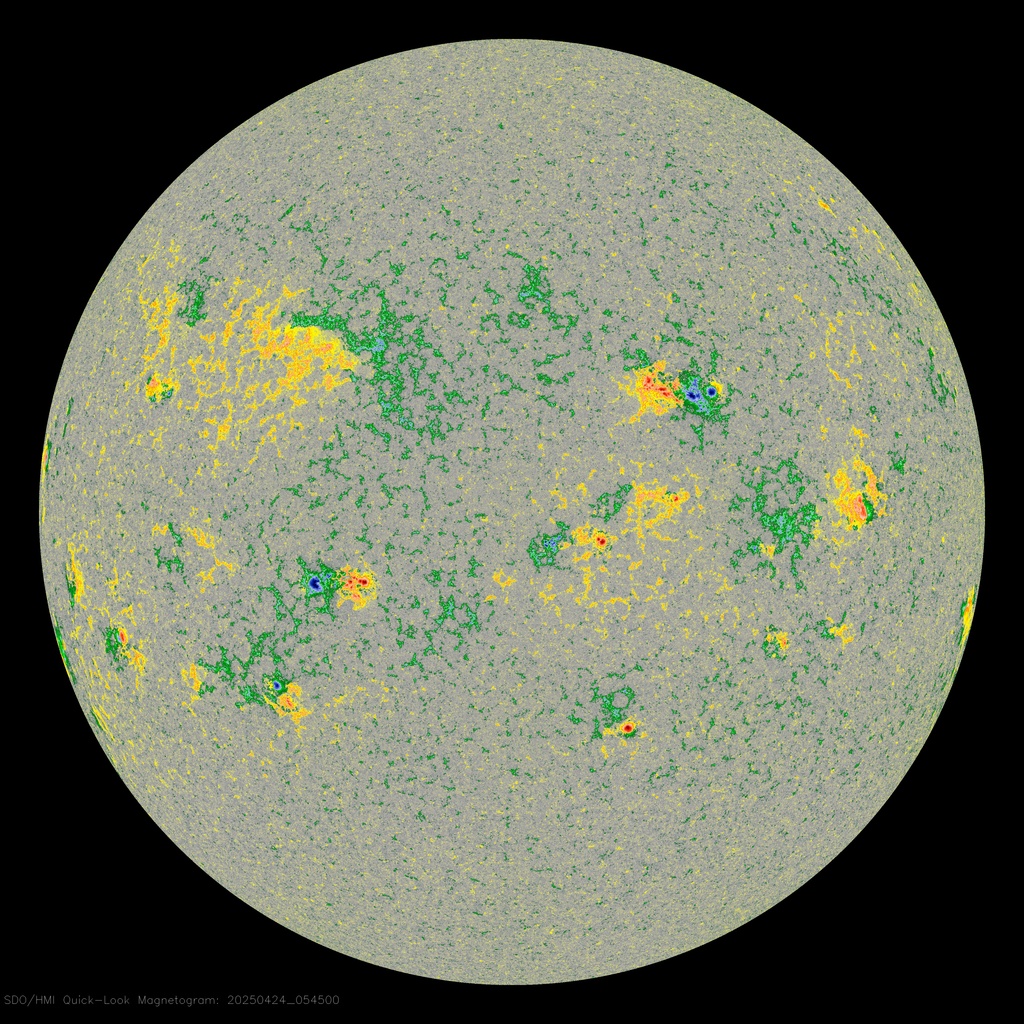
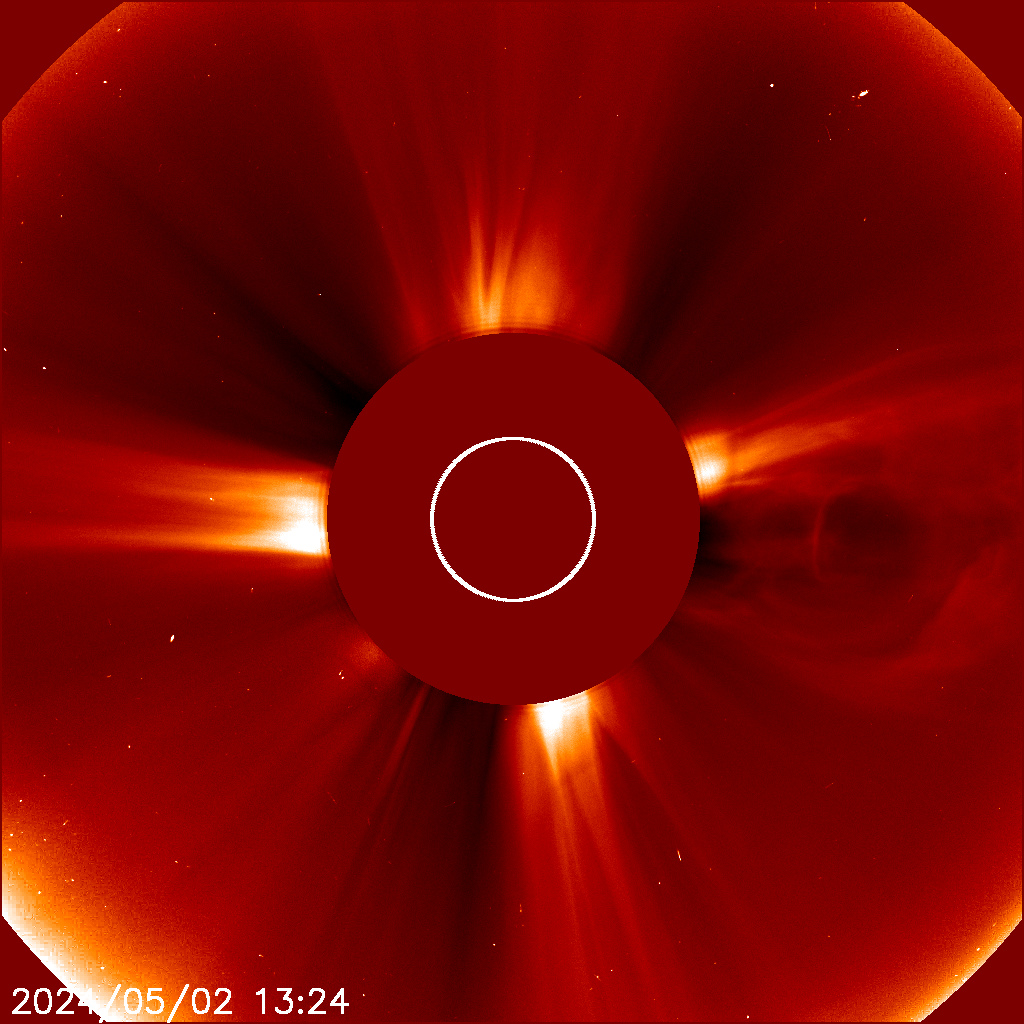


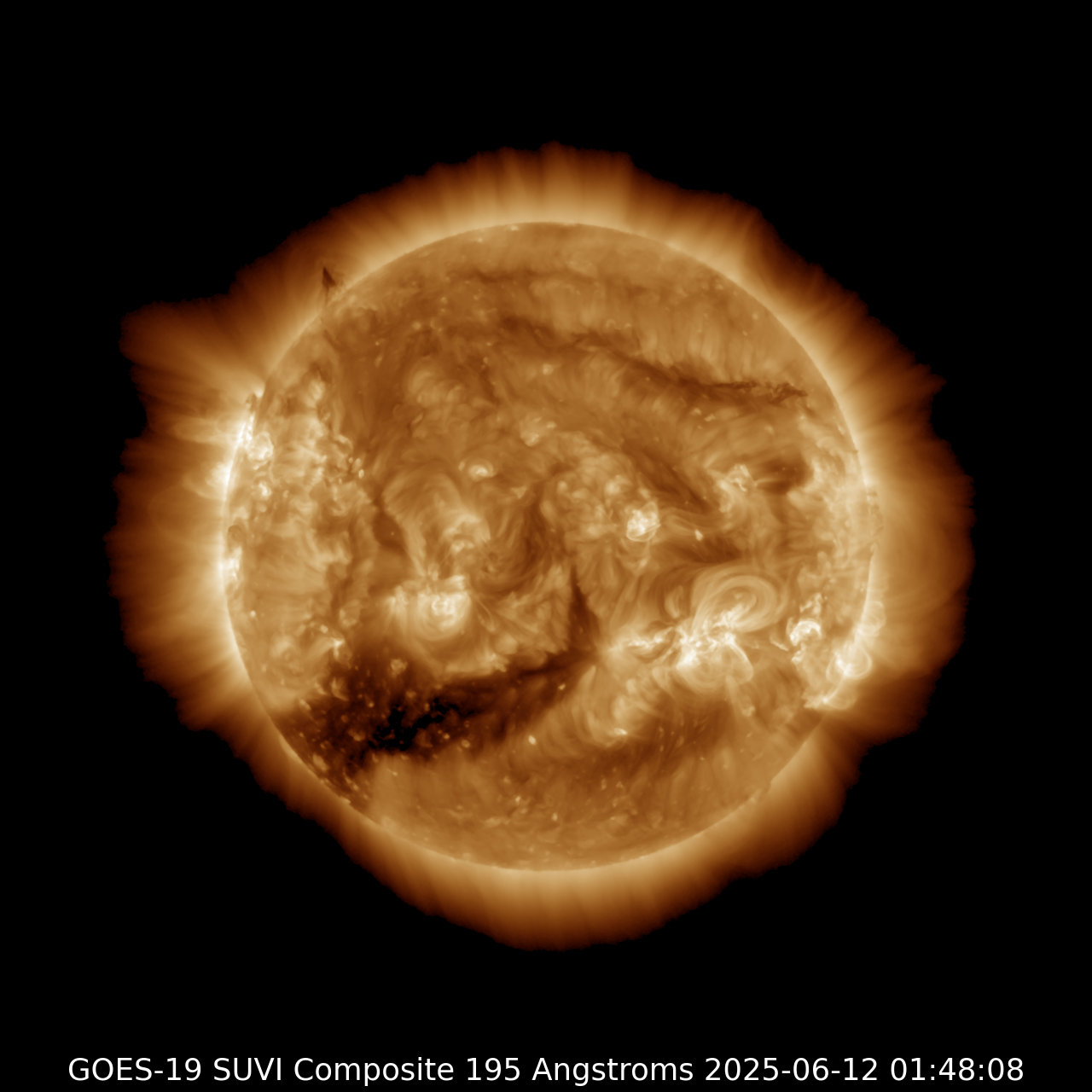
Current Active Regions
Recent Solar Flares
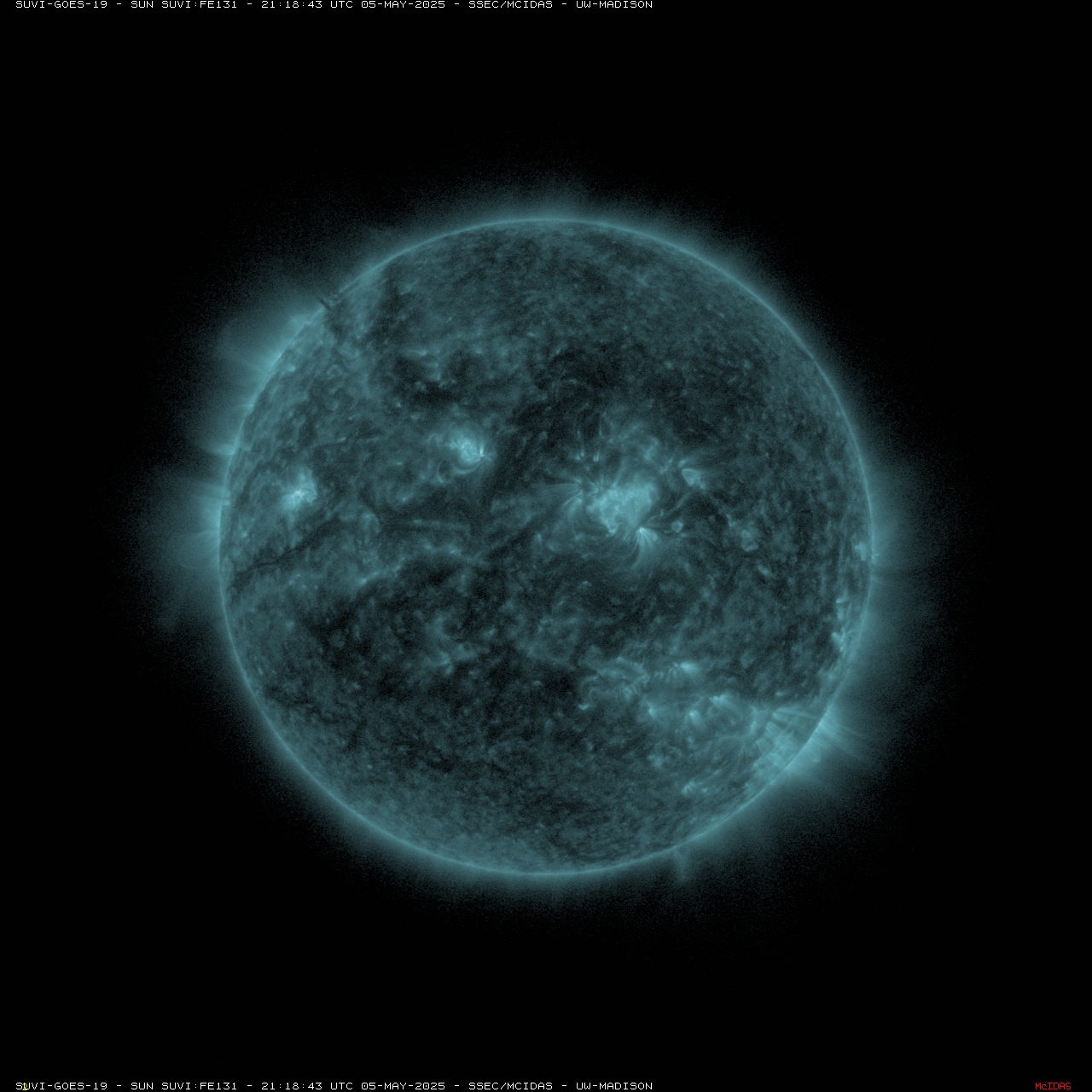









These experimental algorithms analyze real-time space weather data to estimate aurora visibility potential for different US latitude zones. The calculations combine multiple parameters including:
Optimized for the northern US states (40-55°N), this algorithm requires strong southward Bz (below -8 nT) and elevated geomagnetic activity. It heavily penalizes quiet conditions and positive Bz values, as mid-latitude aurora requires significant geomagnetic disturbance.
Designed for Alaska and far northern regions (55°+ N), this uses different physics including cusp precipitation, EMIC waves, and polar cap dynamics. It's more responsive to moderate activity but still requires favorable conditions for significant aurora.
These algorithms are actively being tested and refined. Predictions should be used as general guidance only and combined with other aurora forecasting tools. Actual visibility depends on local weather, light pollution, and exact geomagnetic conditions at your location.
Northern Alaska including Fairbanks, Barrow, and the Arctic coast. Aurora visibility depends on solar wind conditions, Bz orientation, and local weather. These regions see aurora most frequently due to their proximity to the auroral oval.
Northern US states and major cities including Seattle, Minneapolis, Chicago, Detroit, Boston, and New York City. Aurora possible during geomagnetic storms when strong negative Bz combines with high solar wind speed and density.
Southern US including cities like Los Angeles, Phoenix, Dallas, Atlanta, and Nashville. Aurora extremely rare, only visible during exceptional geomagnetic storms with perfect alignment of space weather conditions.
